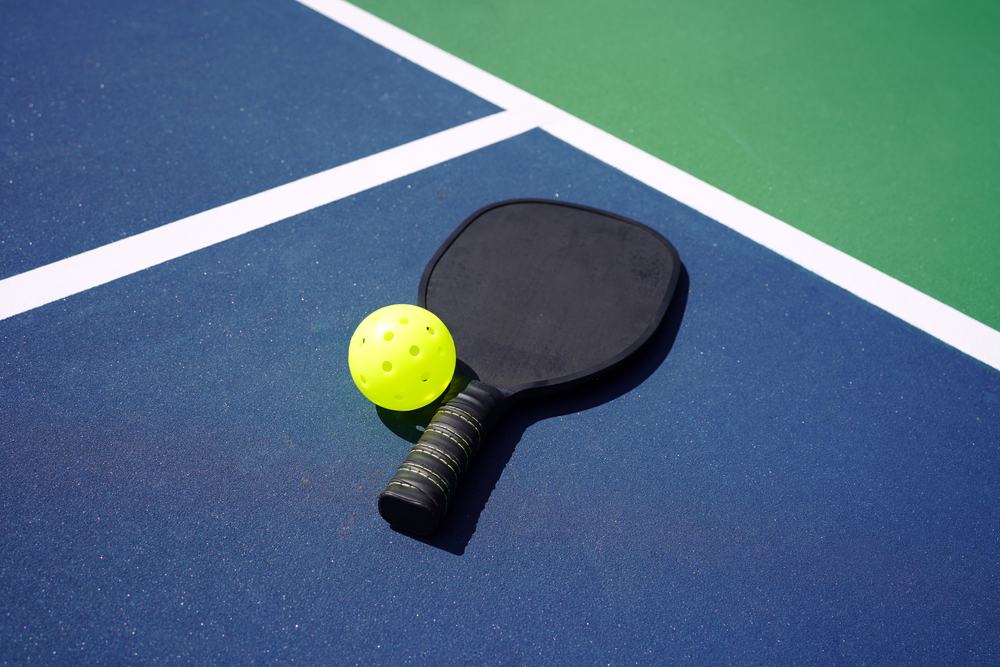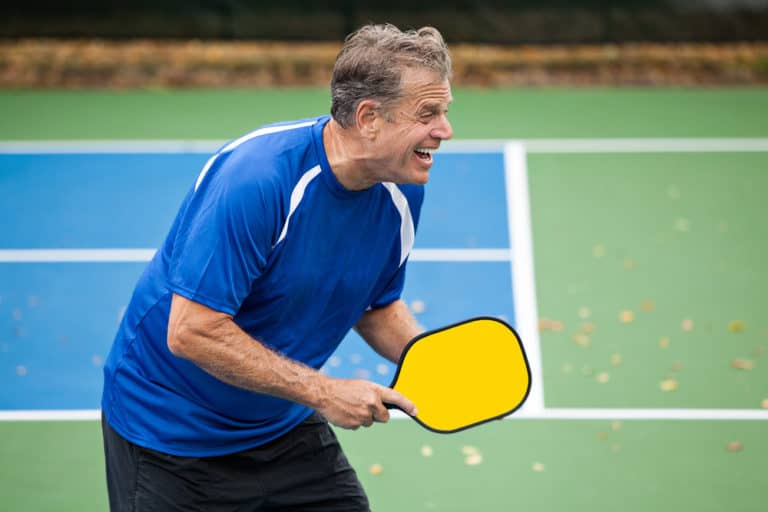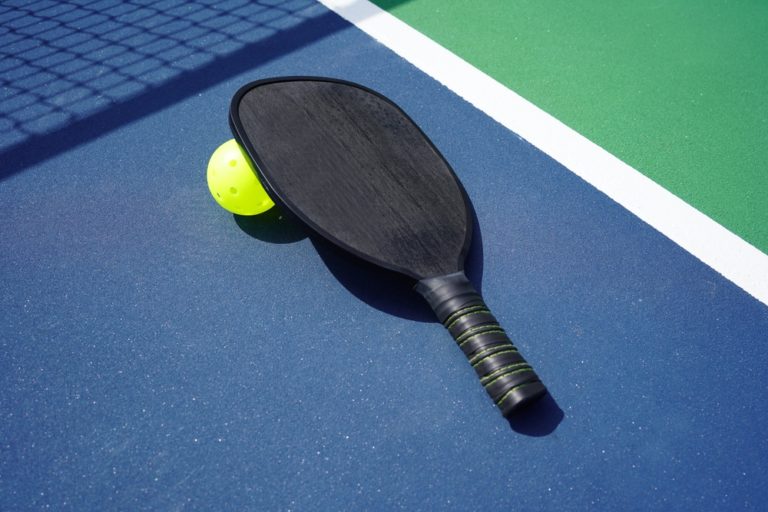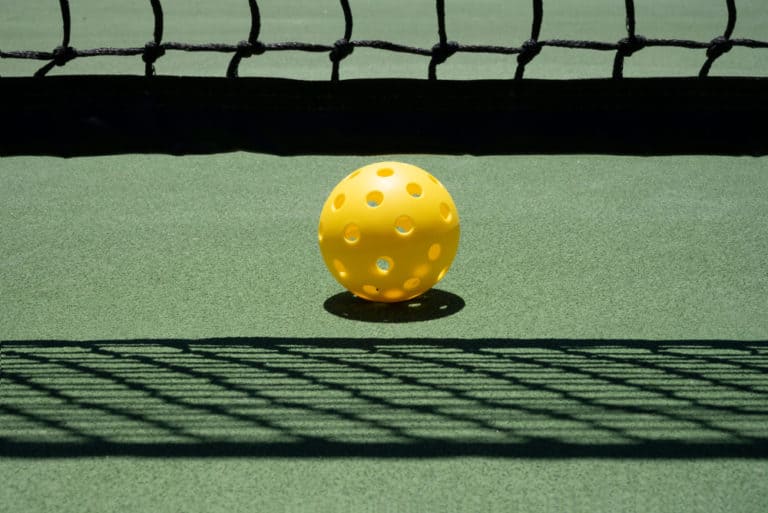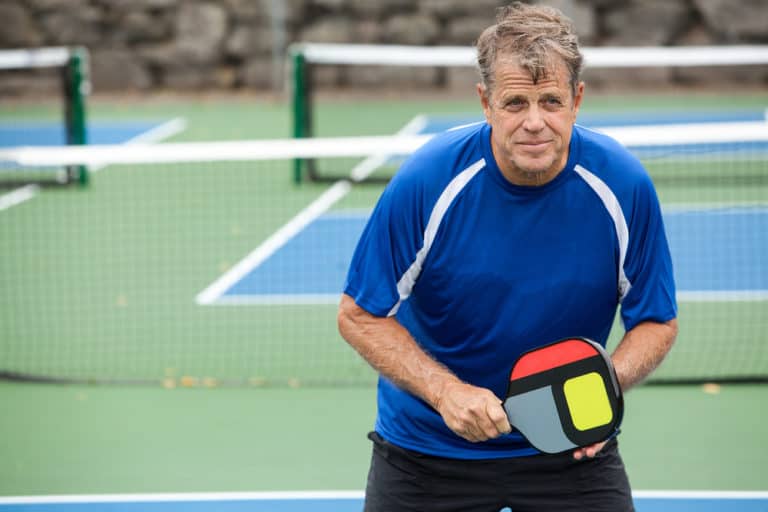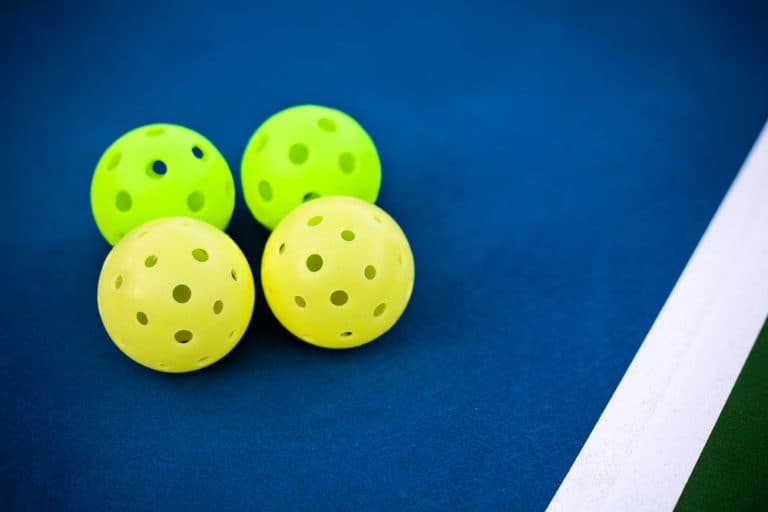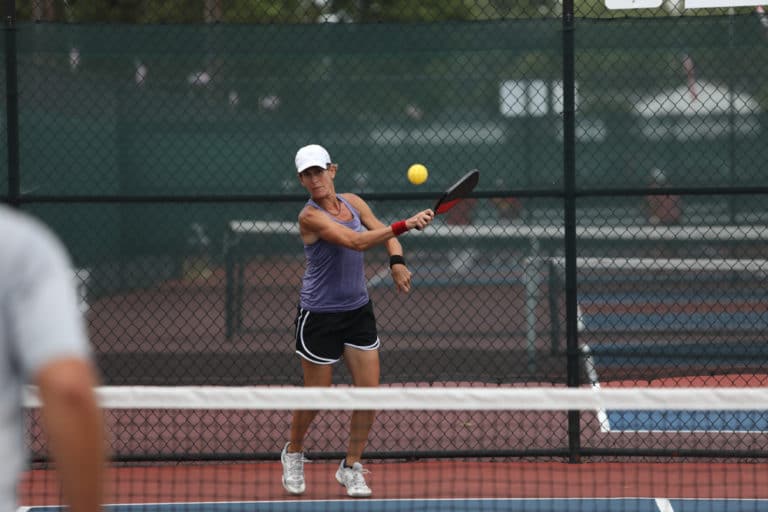Can You Paint Pickleball Paddles?
If you are serious about playing pickleball, it is crucial to have the best paddle that is the most comfortable for you. You can shop around and search online to make the best decision regarding the paddle’s weight. But what if you want to change the paddle’s look? That could be a problem because there is little that you can do to change its appearance. But can you paint pickleball paddles?
Pickleball tournaments prohibit painting a paddle with anti-skid paint or any paint that can add texture to the paddle. These textures include sand, rubber, or other particles that can cause additional spin in the ball. Painting the paddle may also cause reflection, which distracts opposing players.
If you plan to play formal pickleball tournaments, it is not advisable that you paint your paddle. If the paddle is not approved according to the USAPA or IFP rules or requirements, the chances are good that you will be disqualified from playing in the tournament. Why do these rules exist? Let’s see why you’re not allowed to paint your pickleball paddle.
What Are The Requirements For Paddles?
Pickleball tournaments have a few strict rules, and one of them is that you must play with a paddle that is USAPA (USA Pickleball Association) approved. These specifications are there to preserve the nature of the sport, making the sport fair for all the players who are competing in the tournaments.
It is crucial that every player adheres to the rules that are set out by USAPA and the IFP and that they are courteous to one another. This ensures that the competition is fun, fair, and safe, so it is expected that any player first and foremost thinks of their opponent.
Materials
The materials that are approved to be used in paddles are rigid and non-compressible materials. The paddle’s core may include materials such as wood, polymer, Nomex, and aluminum. The surface materials are wood, graphite, polycarbonate, and composites.
Surface Roughness
Surface roughness is essential in a pickleball paddle. Any change in the roughness could impact the spin of the ball once you hit it, which is why the roughness of paddles is regulated so strictly by the USAPA.
The paddle’s surface should not have any holes, indentations, rough textures, or any features that will make the ball spin excessively or have additional spin when hitting it. This is prohibited and not approved by the USAPA and IFP’s rules and regulations. The surface roughness and friction of the paddles are measured using a Starrett SR 100 Surface Roughness Tester before competitions.
Reflection
You are not allowed to use any reflective paint anywhere on your paddle. Reflective surfaces may negatively affect the vision of your opponents, your teammate, and even yourself. Anything that could impede the sight of any pickleball player is prohibited for the sake of fair competition.
Depiction
Any changes that are made to the paddle in terms of adding writing or pictures should always be in good taste. Changes should be minimal and not be offensive in any way.
Weight
Some paints can be heavy, especially paints containing lead. Thankfully there is absolutely no restriction to the paddle’s weight; it can be as light or heavy as you prefer.
Alterations
Any alterations must meet the standards and specifications of USAPA. The alterations that can be made to commercial paddles are the edge guard tape, lead tape, the changes to the grip size or the grip wrap, and any identifying markings or name decals. Handwritten markings are allowed as long as they are in good taste, don’t affect the surface’s roughness, and are non-offensive.
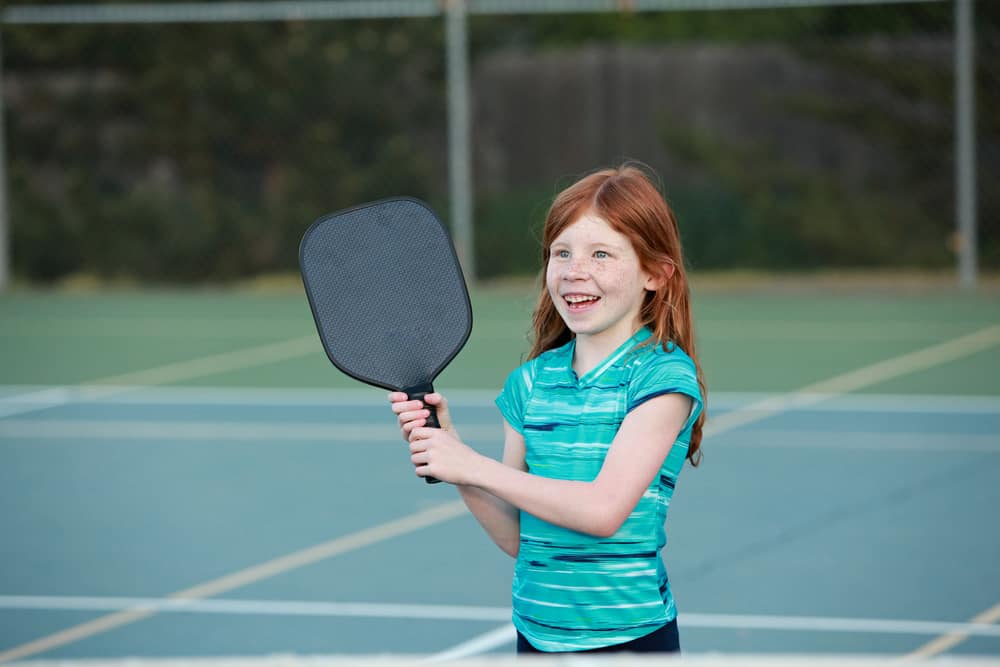
Prohibited Changes To The Paddle
Some alterations to the paddle’s surface features that are prohibited include:
- Any paint texture with sand, rubber, vinyl, or any materials that can alter the ball in any way.
- Rubber or even synthetic rubber.
- Rough, sandpaper-like characteristics on the surface.
- Moving parts that can increase head momentum by increasing force.
- Removable parts are not allowed, except for paddle grip, grip wraps, or lead tape on the paddle’s edge.
- Springs or materials that can be considered springy or create a trampoline effect.
- Electrical, electronic, or mechanical alteration of any sort.
Why Is Painting The Paddle Prohibited?
Painting the paddle can give you more of an advantage in how it can affect the ball, obviously giving your opponent a disadvantage. With the sport being so diverse with players of all ages and levels of ability, it is crucial to have the rules in place to ensure that it is fair and fun for everyone, all of the time.
The Effects That Different Paints Can Have
Paint will alter the texture of the paddle in some way or form. It can either make it too smooth, or it can add too much roughness to the surface of the paddle. Painting the paddle’s surface can affect how the ball bounces off the paddle and how it spins after being hit.
Altering how the ball spins from the paddle is prohibited since giving a ball too much spin is not allowed. A spinning ball is an unpredictable ball, which is considered unfair to your opponent.
Anti-Skid Paint
Painting the paddle with anti-skid paint will make the surface of the paddle too smooth. This can affect how much bounce the ball gets from the paddle, which affects how accurately you can play the ball back to the opposite court.
Paint Textures With Sand
The roughness and smoothness that are legally allowed for a paddle are very precise. The surface roughness is measured using a Starrett SR 100 Surface Roughness Tester.
No surface roughness greater than 30 micrometers (µm) on the Rz reading is allowed (this refers to the average maximum height, peak to valley), and not greater than 40 micrometers on the Rt reading (referring to maximum height, peak to valley). Sand textures add roughness that’s greater than these limits.
Rubber Or Vinyl
Rubberizing your paddle (using rubber paint, for example) will affect the standards of roughness that are allowed on a tournament paddle since it can affect how the ball bounces off from the paddle.
Similarly, adding rubber to the surface of the paddle (like with rubber padding) is prohibited and not allowed to be used in tournaments at all. Adding this rubber texture to the paddle can give additional bounce or spin to the ball, which is not permitted.
Vinyl is a smooth material with a much smoother texture than what is required for a pickleball paddle, and a paddle with a vinyl paint or coating will not be approved as a USAPA paddle.
Violation Of Approved Paddles
If there are any violations during a tournament and it is determined that a player is in breach of the approved paddle rules, a few penalties can apply.
If the violation is noticed before the match, the player will have a chance to switch paddles to one that is USAPA approved without any penalties to the game. If the violation is noticed after the match has started, the team or player will forfeit only that match. The match results will stand if the offense is only seen after the scoresheet is returned to the operation desk.
Conclusion
If you are playing pickleball for fun and casual recreation purposes, then you do not have to adhere to the USAPA or IFP rules and regulations. You can go ahead and paint your paddle. If you play in tournaments, though, you should not take the chance with a paddle that is not an approved USAPA paddle. All altered paddles need to meet all the specifications of USAPA. Rather play it safe.

